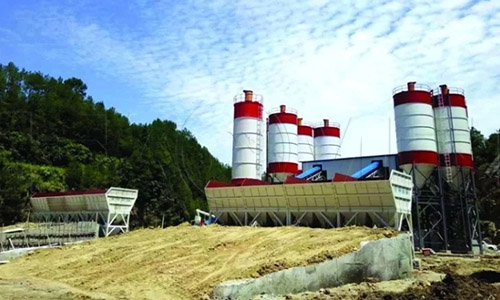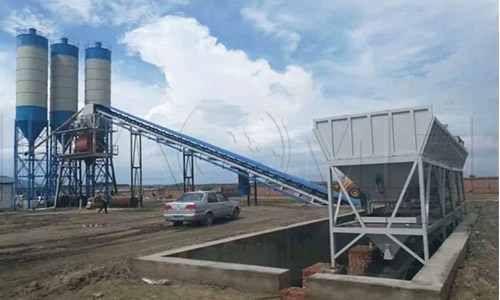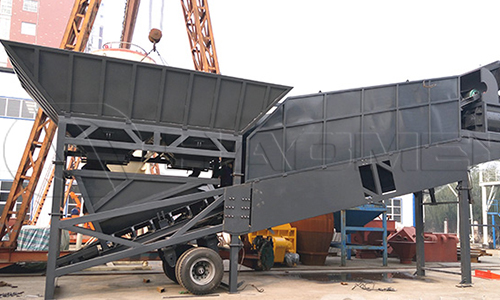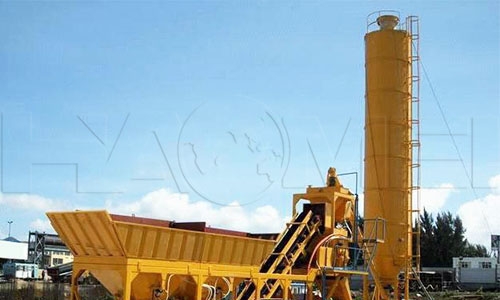The control system of concrete batching plants has a life cycle. Generally, most of the electrical components will age after 4 to 5 years of use. The price of the control system before the modification is much cheaper than the brand new control system after the transformation. Some people would choose to remould part of the system, while others believe it’s better to replace all the parts of the old system.
The old-fashioned concrete mixing plant control system is divided into semi-automatic and fully automatic types. Generally, the old-fashioned automatic mixing plant control system needs to be partially modified, and the old semi-automatic centralized control system adopts full modification. At present, a small concrete batching plant for sale is still equipped with semi-automatic systems. After a period of use, they will still need to be modified.

Partial modification refers to the replacement of some parts, and replacement of some aging parts that cannot be used normally, such as board cards, plc modules, etc. The advantage is to save money; the disadvantage is that some components may have incompatibility problems. Generally speaking, the centralized control system with a service period of 2 years is recommended to be partially modified.
The entire transformation is to directly replace the original cumbersome manual button operation/low-automation control system with a mixing station system with a high degree of automation, weighing, and weighing speed. In addition, the power distribution cabinet line is changed, which makes the original messy thread ends assembled and replaced with a PRC line, so that the replacement is more thorough. The advantage of this approach is that the entire system runs smoothly, is compatible, and supports later function expansion; the disadvantage is that it requires more investment.
Due to the different transformation methods and the different specifications and models of the concrete batching plant itself, the transformation cost of the control system is not fixed. It is worth noting that the transformation cost of a compact concrete batching plant is not necessarily less than that of a commercial mixing plant, because although a compact plant is small, it has all necessary parts. The price of each part of its control system is not necessarily lower than that of a large mixing plant.
Reprinted from http://www.concretebatchingplants24.com/how-to-modify-control-system-of-a-concrete-batching-plant.html


